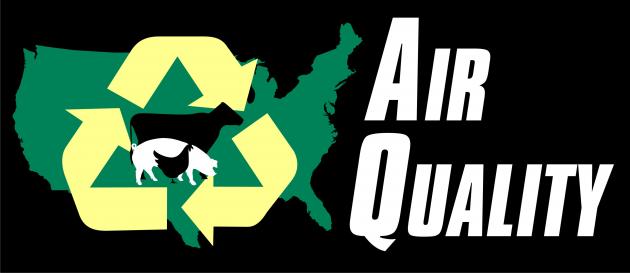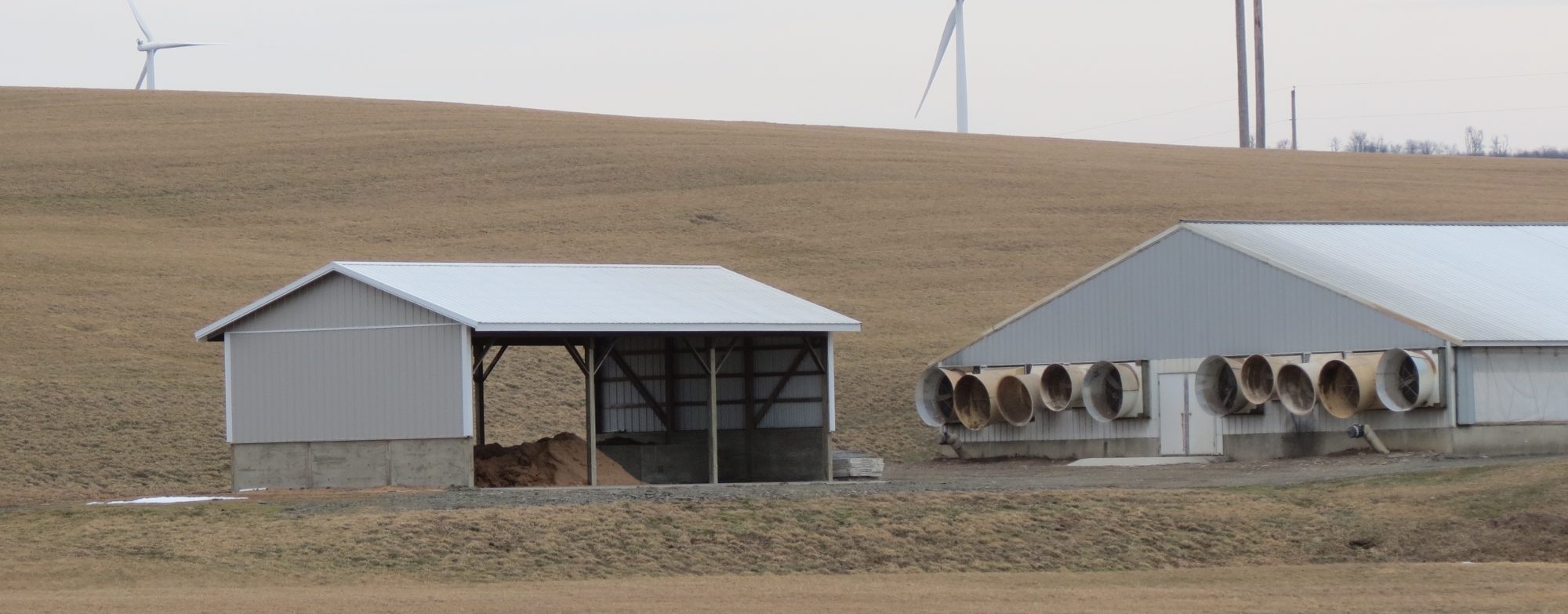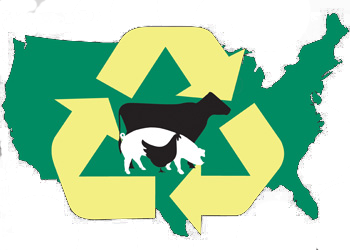 Air quality in animal feeding operations (AFOs) is relevant not only for human health but also the health and productivity of the animals living in that environment. What are some of the main principles in measuring air quality? What are some of the instruments that can be used? The following materials were developed for college instructors to utilize in their classrooms when presenting about air quality measurement in animal agriculture.
Air quality in animal feeding operations (AFOs) is relevant not only for human health but also the health and productivity of the animals living in that environment. What are some of the main principles in measuring air quality? What are some of the instruments that can be used? The following materials were developed for college instructors to utilize in their classrooms when presenting about air quality measurement in animal agriculture.
Fact Sheet
- Evaluating Air Quality in Animal Housing Environments – Eileen Fabian-Wheeler, Pennsylvania State University (Download; PDF, 17 pages)
Acknowledgements
These materials were developed by the Air Quality Education in Animal Agriculture (AQEAA) project with with financial support from the National Research Initiative Competitive Grant 2007-55112-17856 from the USDA National Institute of Food and Agriculture.
For questions about the materials on this page contact Dr. Eileen Wheeler, Pennsylvania State University. For questions about the AQEAA project, contact Dr. Rick Stowell, Unviersity of Nebraska (rstowell2@unl.edu).
If you have presentations, photos, video, publications, or other instructional materials that could be added to the curricula on this page, please contact Jill Heemstra (jheemstra@unl.edu).


